
Ever since the fresh-faced newcomers of the ’60s Beat groups grew up into megastars, there’s been intense retrospective interest in the gear used in the early days of bands such as The Beatles and The Rolling Stones. Numerous reference books have been written on the subject, aiming to provide a definitive account of what guitars were used for seminal gigs.
One problem is that no one was taking notes at the time – and very few photographs, either. Another problem is that the beginner’s electric guitars that legends such as Keith Richards started out on in the ’60s were often poorly documented budget instruments built in Europe, about which relatively little is known even to this day.
A classic example is the Gallotone Valencia archtop Keef used for The Stones’ first official gig on 12 July 1962 at London’s Marquee Club. During that performance, Keef used his Gallotone, then fitted with a floating pickup at the neck, ensuring it a small but important role in music history.
Unsurprisingly, there’s a growing market for Gallotone Valencias, just as there is for guitars such as the Futurama electric once used by George Harrison during The Beatles’ early gigging career in Hamburg.
If you happen to enjoy finding and trading such instruments, as guitar retail veteran Paul Waller does, chasing down such star-associated student guitars can be a fun eBay pursuit as the sums of money involved are typically well shy of those commanded by vintage American guitars.
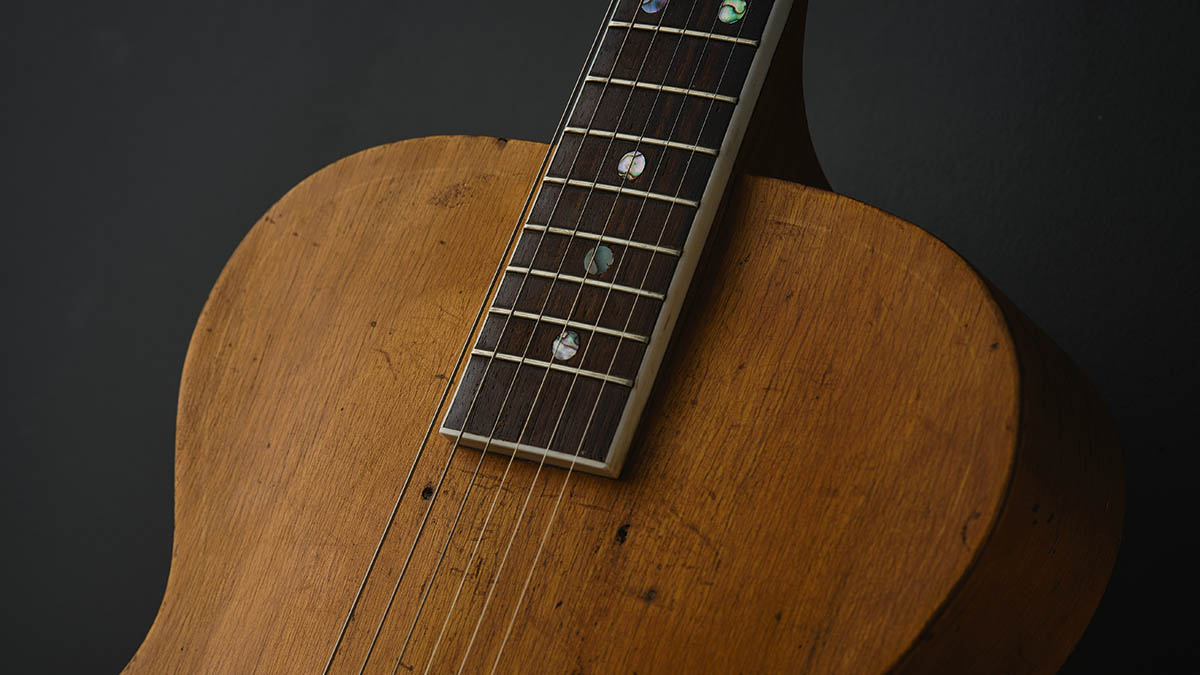
But just occasionally, it’s possible you might encounter one that may possess more serious provenance, as Paul did when he found what he believes may be the original Gallotone that Keith used on that historic first gig.
And while it’s beyond the scope or intent of this article to verify that it is indeed ‘the one’, Paul certainly presents evidence that gives food for thought – along with some insights into a niche market that has the potential to grant cheap-ish thrills to dedicated fans of legendary players.
I’d like to show it to Keith himself because, while there are loads of people who are authorities on The Stones that I could show the guitar to, showing it to Keith would be the most logical thing
Paul Waller
“I’d seen the picture of Keith Richards playing his Gallotone in The Rolling Stones 50 book and in the Rolling Stones Gear Book [Andy Babiuk and Greg Prevost]. It was the Andy Babiuk book that first did a proper feature on that guitar and what it was, and clarified that it was a Gallotone Valencia,” Paul recalls.
“So once I knew that was the model Keith used, whenever I saw one, I’d always try to buy it. I had a natural one and then this one, the actual guitar in question, then came up for sale.
“I thought, ‘Oh, that looks a bit interesting,’ because it was a bit more worn – whereas the previous one [I’d bought] was quite clean, like the one in the Stones Gear Book. So I did a screenshot of it that enabled me to put it next to the [12 July 1962] picture of the original, so I could then A/B them side by side on my phone. I thought it might possibly be the one, but it was a long shot really, thinking, ‘Oh, it could be… but anyway, I’ll bid on it.’ But then, after all that, I forgot to bid on it!”
After being thwarted just as he thought he might be on to something, Paul struck lucky again when the same guitar came up again on eBay some time later – only it had, by this point, been rather carelessly modified with a reshaped headstock and new hardware, including gold tuners and a new tailpiece. Undeterred, Paul put in a winning bid this time and a quick message to the seller enabled him to obtain the original hardware that had been removed from the guitar.
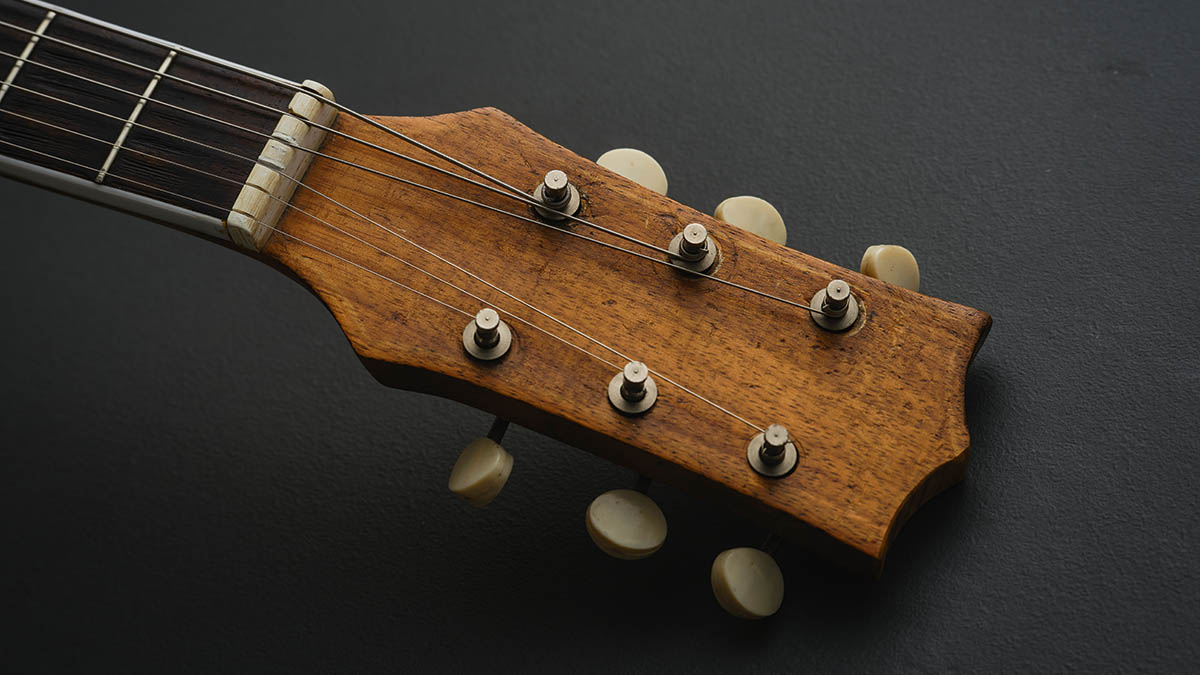
So what made him think it might be Keef’s first-gig guitar itself? The main evidence, in Paul’s view, is a darkened patch in the same place where Keith had once painted a crude Stones logo in hand-drawn lettering, as well as similarities in deeper scratches and discoloured areas that he finds persuasive.
“When [I received it] I noticed there were patches on it, areas that were darker – most notably in the same area where the ‘Rollin’ Stones’ writing was, and my first thought was, ‘Oh, Christ, it could be that.’
“So I started really looking at it, photographing it, adjusting the contrast and applying filters [to make underlying marks more visible]. It really made the darker areas in question more pronounced, where [I believe] the writing was, most notably. But there are definitely some other marks on it that started really making me think that it could be it,” Paul explains.
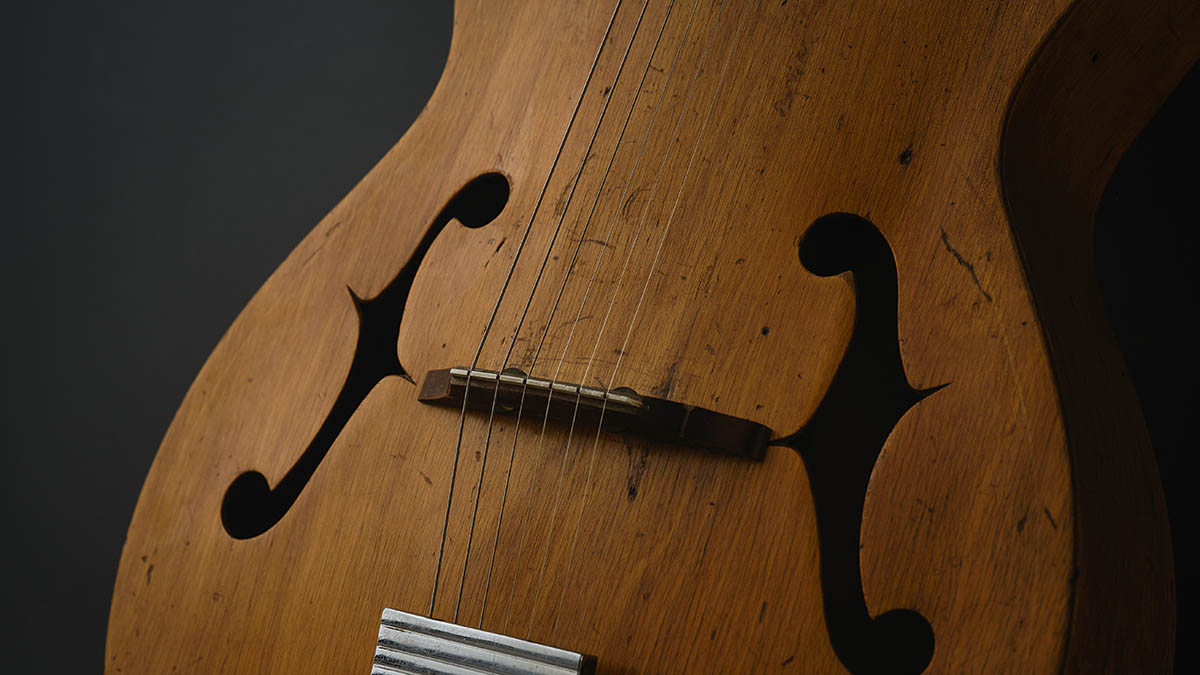
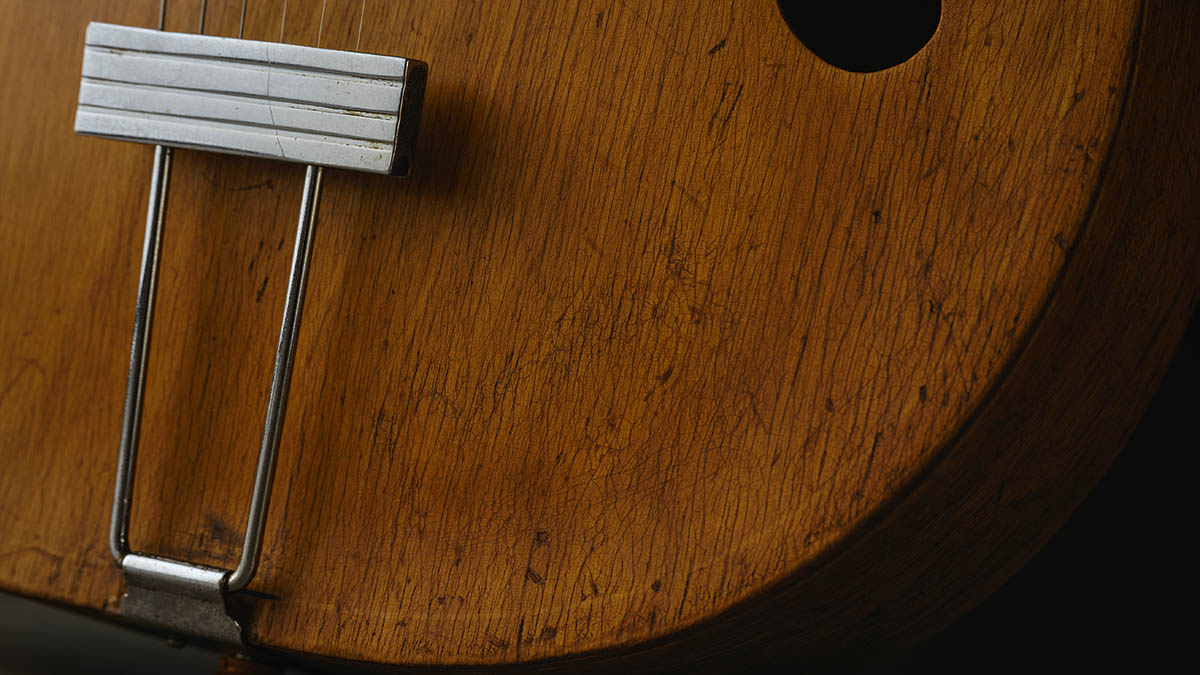
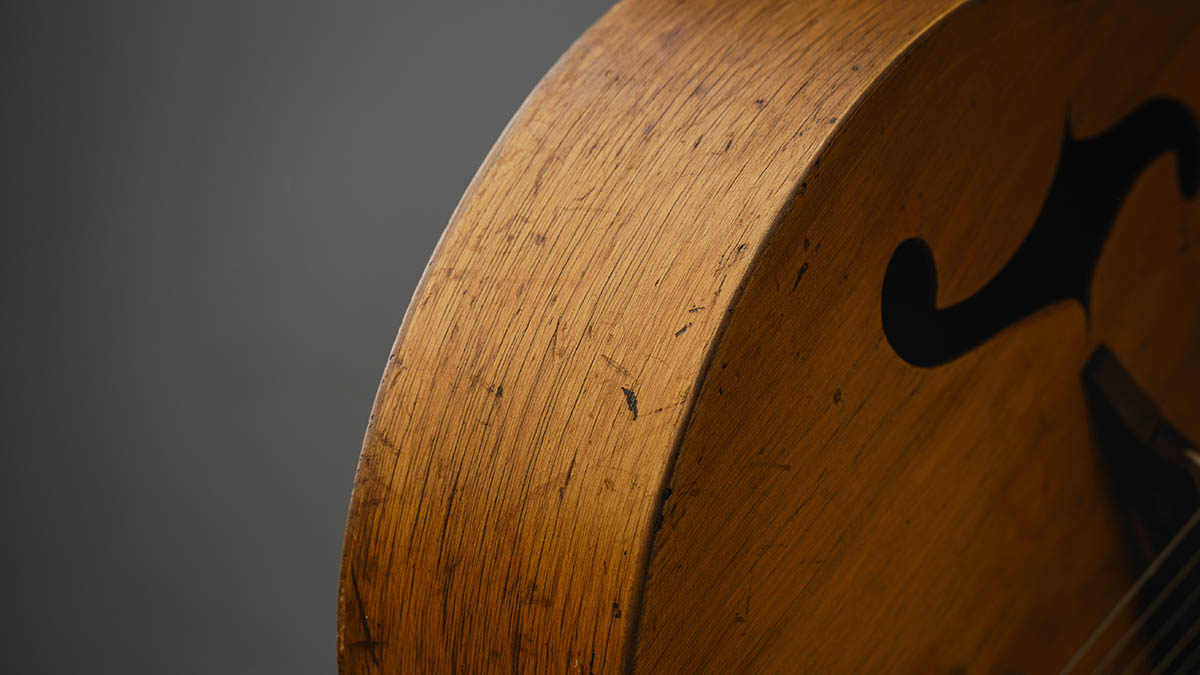
While there’s no irrefutable ‘smoking gun’ among the evidence Paul has examined, taken together, the apparent similarity of certain wear-marks is at very least worthy of continued curiosity.
“Obviously, time has passed and [if it is Keith’s original guitar] it could have acquired more marks since, so you’ve got to try to focus in or home in on the notable ones: the big area where the writing was, a big scratch to the right-hand side, near the f-hole… There’s also a patch near the f-hole. Plus, geographically speaking, it came from South West London – which was another thing that was quite cool.”
Asked about the next steps towards determining if the guitar could actually be the one Keith played on that first gig, Paul says: “I’d like to show it to Keith himself because, while there are loads of people who are authorities on The Stones that I could show the guitar to, showing it to Keith would be the most logical thing,” though he acknowledges “that could go fifty-fifty as well”.
So, Keith, should you read this, the door is open for a (possible) reunion with an old friend – though it remains to be seen if this guitar really is a ‘prodigal son’ returning. We look forward to hearing more should that meeting happen one day.
- Guitarist would like to thank Paul Waller for showing us this intriguing guitar.







